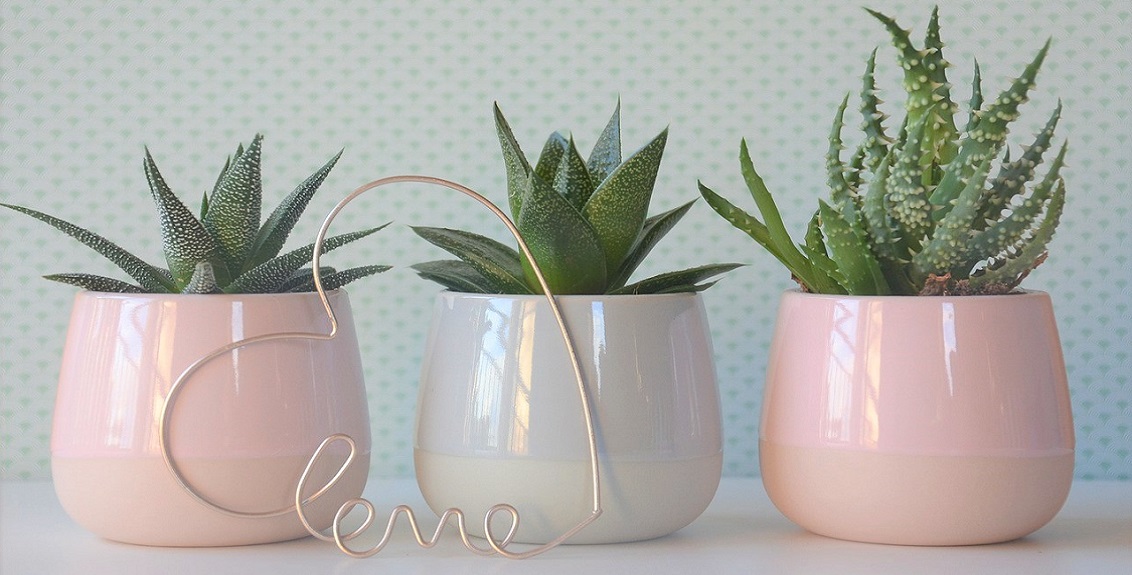Houseplants
The difficulties you might experience with your house plants could be caused by diseases, insects or the care you give, or don’t give, to your plants. These charts will help you identify plant symptoms and show you how to treat them.
Care Problems
House Plant Care Problems
|
Symptom |
Cause |
Treatment |
| Pale growth with new leaves smaller than normal. The plant stretches toward the light. | Insufficient light | Move plants to brighter spot or closer to light source. Supply artificial light. |
| Foliage wilts, potting mix is dry. | Lack of water | Water thoroughly. |
| Foliage wilts, potting mix is moist. Soil smells of decaying vegetation. | Overwatering | Water less frequently. Increase light so plant can better absorb water. |
| Growth is slow and leaves are pale in colour. | Lack of fertilizer | Apply appropriate fertilizer regularly throughout the growing season. |
| Growth is stunted, leaves are yellowed. A crust like accumulation appears at the base of the plant’s stem and on pot rim. | Build-up of mineral salts in the soil | In light cases, leach the soil thoroughly with clear water. In more severe cases, repot into fresh soil. |
| Plant does not bloom. | Various causes (too little light, too much water, etc.) | Improve growing conditions according to specific needs for each plant. |
Insects & Other Pests
House Plant Insects and Other Pests
|
Symptom |
Cause |
Treatment |
| Leaves take on a mottled appearance and appear dusty underneath. If the leaves are shaken over a sheet of white paper, tiny moving “spiders” are seen. In severe cases, a spidery webbing stretches between leaves. | Spider mites | Clean plant thoroughly with soapy water. Spray with insecticidal soap. Keep the air humid to prevent a recurrence. |
| Little balls of “cotton” (actually slow-moving insects or their egg cases) are seen on stems, at leaf axils, or on the plant’s root system. Leaves yellow and may become covered with secretions. | Mealybugs | Touch individual insects and egg cases with a cotton swab dipped in rubbing alcohol. Spray the entire plant with a solution composed of 7 parts water and 1 part rubbing alcohol. |
| Shell- or scale like bumps are seen on leaves and stems. Plants may yellow or become covered with secretions. | Scale insects | Scrape off the shells with an old toothbrush dipped in soapy water. Treat with insecticidal soap. |
| Green to black, round-bodied, translucent insects cluster together on new growth. Plants may yellow or become covered with secretions. | Aphids | Wash the plant thoroughly with a damp cloth dipped in soapy water. Treat with insecticidal soap. |
| Tiny, white, dandruff like insects rise up when the plant is touched. Small translucent bumps are seen underneath the leaves. | Whiteflies | Use a vacuum to suck up flying adults, and then wash the plant thoroughly with a damp cloth dipped in soapy water. Treat with insecticidal soap. |
| Leaves and foliage are streaked and mottled. Hyphen-sized insects scatter about when the plant is breathed upon. Tiny black excrements are found on infected plant parts. | Thrips | Remove severely infested flowers and foliage. Treat with insecticidal soap. |
| New growth is distorted and turns brown and dry, eventually ceasing altogether. This problem is very host-specific, affecting mostly African violets, begonias, and cyclamens. | Cyclamen mites | This problem is very difficult to treat. It is often best to get rid of infected plants. An appropriate miticide or repeated insecticidal soap treatments can be used if the plant has great value. |
| Tiny insects are seen jumping on the soil surface during watering. | Springtails | Springtails are basically harmless. Letting the soil dry out between watering will discourage them. |
| Tiny black midges are seen hovering around plants and elsewhere in the house. Grub like larvae are seen in the soil. | Fungus gnats and sand flies | These insects are annoying but relatively harmless to indoor plants. Letting the soil dry out between watering will discourage them. |
Diseases
House Plant Diseases
|
Symptom |
Cause |
Treatment |
| White mould appears on leaves and flowers. Plant parts may yellow and die. | Mildew | Improve air circulation. Don’t moisten foliage when watering. Treat with an appropriate fungicide. |
| Gray, fluffy mould appears on leaves, flowers. Plant parts may yellow and die. | Grey mould (botrytis) | Improve air circulation. Don’t moisten foliage when watering. Treat with an appropriate fungicide. |
| Yellow, brown, or black spots appear on leaf surfaces and may spread until the entire leaf dies. | Leaf spot | Can be caused by various disease organisms. Improve the air circulation around the plant. Don’t moisten foliage when watering. Treat with an appropriate fungicide. |
| Black patches appear at base of stem or underground on the roots. The plant wilts and doesn’t recover even when watered. A smell of decaying vegetation may be noticeable. | Root or stem rot | Can be caused by various disease organisms, but is usually linked to overwatering. Start the plant over from cuttings. |
The vast majority of insect and disease problems can be avoided by using only sterilized potting mixes and carefully isolating new plants after purchase.

